 |
Amiga CD32
| Type |
Console |
Developer |
Commodore LTD |
| Release Date |
1993-Sep-14 |
Region(s) |
Europe, Canada, Australia |
| Initial Price |
$399 USD |
Games Released |
170+ |
|
 |
 DW FACTS DW FACTS
by Dark Watcher |
Commodore had garnered a cult following in the 1980s with their brilliant line of home computers and games. In the 1990s
however, PC compatibles started making there way into homes, and began pushing out the Commodore / Amiga line of computers. Game
consoles also started taking over the game player's dollar. Commodore hustled to make a set-top, CD-ROM based home entertainment
device to compete with this growing market. In 1991, Commodore released the CDTV (basically an Amiga 500 computer with a CD-ROM
drive built in). Needless to say it suffered the similar fate of other similar devices (Amstrad GX4000 for example).
In 1993, Commodore released their last attempt to get back in the market. The Amiga CD32 launched on September
14 of that year. It claimed to be the very first 32-Bit video game console ever released to the market, which was actually false
since the FM Towns Marty had been previously released in Japan seven months earlier. It boasted a dual-speed CD-ROM drive, AGA
chipset, lots of expansion options and even a few surprises. In addition to its own strong library of games, the CD32 could run
Photo CDs, Video CDs (if you have the FMV cartridge), CDTV software, music
CDs, Karaoke CDs and CD+Gs. |
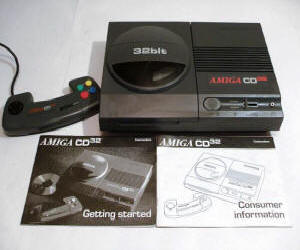 |
|
The Amiga CD32 sold very well in Europe, but eventual hype of the Saturn and
PlayStation crushed Commodore's efforts of a world wide
release. Sales of CD32 were not enough to keep the plunging Commodore stock out of the water. Commodore entered bankruptcy
on April 24th 1994. The unshipped Amiga CD32 units were seized by the Philippine government as payment for the use of their
factory. |
|
|
 HANDS ON REVIEW HANDS ON REVIEW
by Marriott_Guy |
Commodore, the noted home computer manufacturer of the 1980s, had endured failed attempts entering the video game console market with
their releases of the Commodore 64 GS and the Commodore CDTV systems. Their final attempt at capitalizing in the very profitable
hardware arena was the Amiga CD32, debuting in the UK on September 14, 1993. The CD32 was marketed as being the first 32-bit
CD-ROM based system (though the FM Towns Marty actually owns this true distinction) and enjoyed moderate
success in the UK, gaining more than 50% of the CD-ROM game market share in Britain (1993). However, this success was
short-lived and did little to save the console, and Commodore, from eventual demise.
As in their previous efforts, Commodore relied on their roots and talents in the home computing market in the development of the CD32.
Basically an Amiga 1200 computer wrapped in a dark granite-gray casing, the console is rather nondescript in appearance. A large
top-loading 2x CD-ROM drive is featured as the centerpiece of the design, with a rather ordinary white label of "32bit" embossed on
it. An enlarged "Reset" button, volume slide switch and headphone jack complete the top of this unit. Strangely, and not
convenient at all, the controller ports (2) are located on the left hand side of the unit (along with an auxiliary port for a
keyboard). The back of the system features standard Component, S-Video and RF outputs along with the expansion port interface.
Surprising, the power switch is also located in the aft section of the CD32.
Inside the chassis resides a modified 32bit MC 68EC020 processor running at 14.32 MHz (NTSC) that is complimented by 2 MB of RAM and a
variety of co-processors - 8374 Alice (memory controller), 4203 Lisa (video control chip), 8364 Paula (sound & I/O), 391563-01 Akiko
(I/O controller). This multi-processor system rendered games in 16.7 million colors and up to a resolution of 1280 x 400 (1280 x
512 PAL) and in full stereo (4 channels). The CD-ROM drive supports the Audio CD, Karaoke CD, CD+G and CDTV software formats.
With the purchase of an optional FMV cartridge, Video CD, Photo CD and CD-i media could be played. When taking everything into
account, the internals were
quite adequate for the era. |
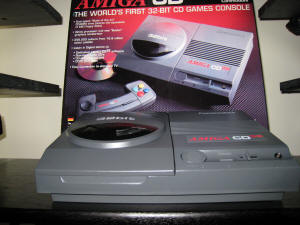
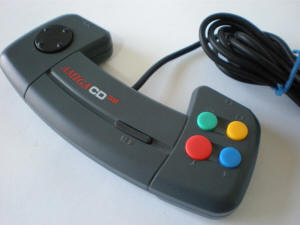 |
The controllers have to be one of the worst designs I have encountered. Though quite wide, the thin U-shaped controller has four
colored coded buttons which are crowded onto the right side of the controller and a simple directional pad flanks the left. Two
shoulder trigger buttons complete the controller interface. Overall, the design is rather lackluster and not at all user
friendly from this gamers perspective. Speaking of which - what about those games?
Having an extensive Amiga library already at its disposal, the system launched with many ports of existing games. Unfortunately,
many third party developers saw this as an opportunity to cash in. Many titles were simply supped up originals with added color
depth, CD quality tracks and FMV cut scenes interspersed. Though the number of games released for the CD32 is extensive (170+),
there are few notable titles that were released exclusively for this system. Overall game quality is about the same as produced
by one is its primary competitors, the Panasonic 3DO.
Commodore did not invest heavily in advertising the CD32 outside of the UK. This was partly due to the marketing
strategy (or lack there of) in recent years by Commodore as well as a severe cash flow problem within the company. Though highly
successful in the home computing market (the C64 is still the best selling home computer of all-time and is pictured below), the
failed attempts of their previous console entries (C64 GS, CDTV) and the emergence of affordable PC-based home computers significantly
diluted their financial liquidity.
The CD32 was also released in Canada in limited quantities after it debuted in the UK, but was
never sold publicly in the USA. This was due to a limited hardware supply because Commodore was unable to meet their credit
obligations with the Philippine government, whose factories were used to manufacture the console. Commodore filed for bankruptcy
on April 24, 1994, less than a year after the release of the CD32.
The CD32 was not a bad machine, but ended up failing due to poor significant third party software support and a lack of financial
viability of Commodore to both fund the manufacturing of the hardware as well as to properly market it outside the UK. The CD32
initially was sold for $399 USD, well below its primary competitor the 3DO ($699). An overall poor design, a dependence upon
outdated technology (primarily software) and a lack of any substantial games for this system spelled its eventual doom.
A CD32 system is relatively easy to acquire, especially the PAL model. The NTSC version, primarily unsold units that were
seized by the Philippine government from Commodore to try and recoup their debt requirement, are considerably more. Overall this
system is not necessarily recommended for the average gamer, unless you can score one with packed in games - moderately recommended
for the console collector (NTSC version).
|
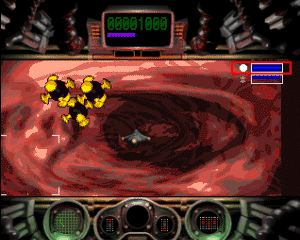
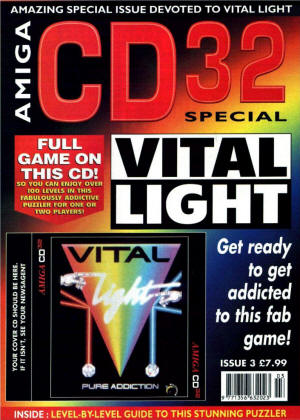 |
 MODELS MODELS
Officially licensed releases |
|
In addition to the initial standard retail release, Commodore released three bundled variations of the Amiga CD32. These special
releases were limited to the UK market and basically differed in the games that accompanied the system. The exception is the
Spectacular Voyage pack with also included the optional FMV module, which enabled full screen viewing of Video CDs. The
following displays some of the packaging for Amiga CD32. |
|
Amiga CD32 (North America)
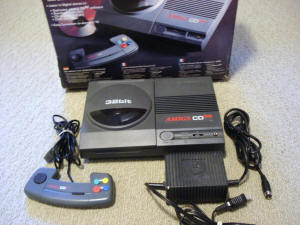 |
Amiga CD32 (Europe)
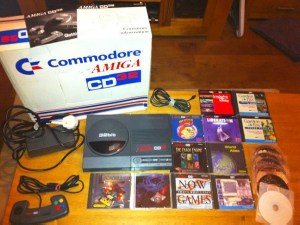 |
Amiga CD32 Critical Zone pack
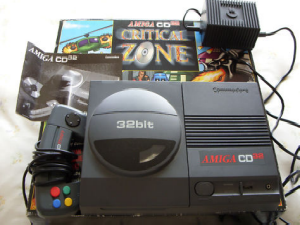 |
Amiga CD32 Spectacular Voyage pack
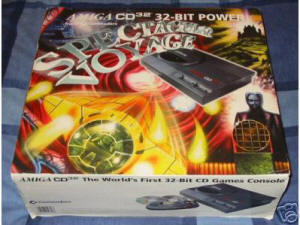
Included games: Chaos Engine, Dangerous Streets, Diggers MicroCosm, Oscar, Wing Commander |
Amiga CD32 Dangerous Street pack
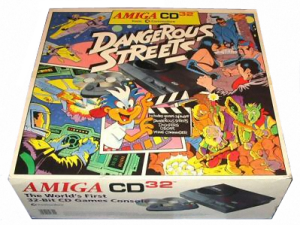
Included games: Body Blows, Dangerous Streets, Diggers, Oscar and Wing Commander |
Amiga CD32 Critical Zone pack
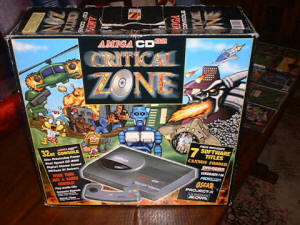
Included games: Cannon Fodder, Diggers, Liberation, Microcosm, Oscar, Project X and Ultimate Body Blows |
|
|
Amiga CD32 Technical Pictures |
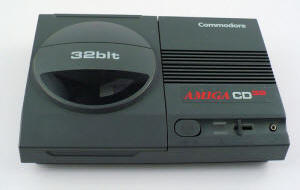 |
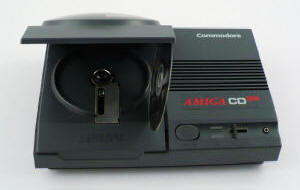 |
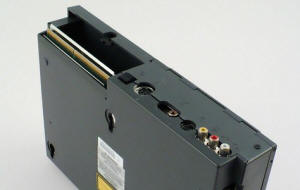 |
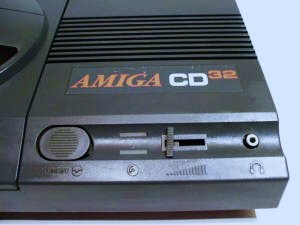 |
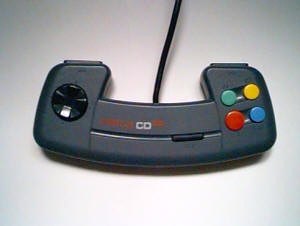 |
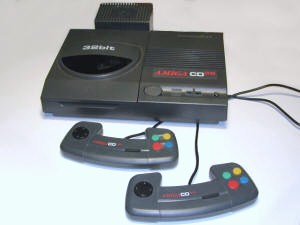 |
|
Courtesy of Armchair Arcade |
|
|
 CLONES CLONES
Non-licensed hardware releases |
|
Due to its native architecture, the Amiga CD32 was able to be turned into a full fledged A1200 computer, complete with expansion
ports. These third party devices were made by various manufacturers and (to the best of my knowledge) were not officially
authorized by Commodore. These accelerators connected via the expansion port of the CD32 console. The most popular of
these peripherals are the SX-1, the CD32 ProModule and the SX32. There were quite a few clones of the Amiga CD32 that included
these add-ons, either installed in the system or bundled as a separate item. A company named Special Reserve included the SX-1
module in their Super Amiga CD SX-1 Bundles while Eyetech retrofitted the CD32 console with the SX32 board already installed. |
SX-1
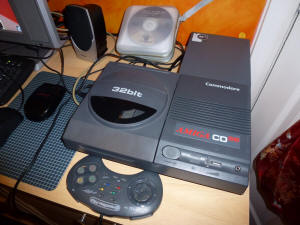 |
CD32 ProModule
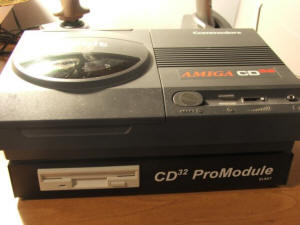 |
SX-32 \ SX-32 MK II \ SX-32 Pro
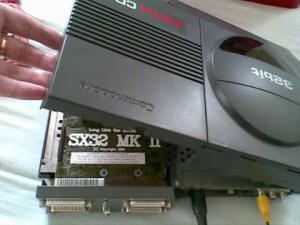 |
Manufacturer:
Microbiotics, Paravision and Hi-Tech
Features:
1 x 25pin Parallel Port
1 x 9pin Serial Port
1 x 23pin RGB Video Port
1 x External Floppy Drive Port
1 x 2.5" IDE Connector
1 x Keyboard connector (Amiga / PC)
1 x 72pin SIMM slot (8 MB max)
1 x Pass Thru for FMV module.
1 x Karaoke / Audio Input
1 x 37pin External IDE Connector |
Manufacturer:
Elstat
Features:
1 x 25pin Parallel Port
1 x 25pin Serial Port
1 x 23pin RGB Video Port
1 x External Floppy Drive Port
1 x 3.5" IDE Connector
1 x Keyboard connector (Amiga / PC)
1 x 72pin SIMM slot (8 MB max)
1 x Pass Thru for FMV module.
1 x Internal 3.5" floppy drive
1 x Battery Back-Up clock |
Manufacturer:
DCE
Features:
1 x 25pin Parallel Port
1 x 25pin Serial Port
1 x 23pin RGB Video Port
1 x External Floppy Drive Port
1 x 2.5" IDE Connector
1 x Keyboard Connector (Amiga / PC)
1 x 72pin SIMM slot (64 MB max)
1 x 15pin VGA Monitor Port
1 x Battery Back-Up clock |
Data courtesy of The Big Book of Amiga Hardware
|
 CONSOLE RATINGS CONSOLE RATINGS
by Marriott_Guy |
|
Consoles are rated based upon the available technology at the time of its release. A 10 point scale is utilized, with 10 being
excellent. |
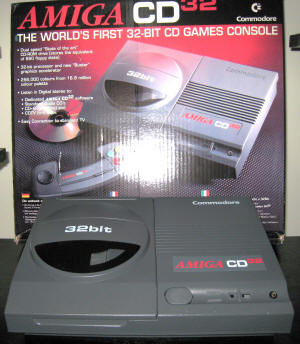
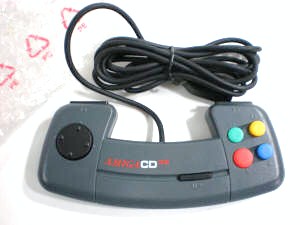
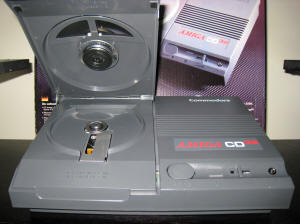 |
| CRITERIA |
RATING |
NOTES & COMMENTS |
| Console Design |
04 |
Though not a bad looking
system, the poorly positioned ports are a huge drawback along with the inconveniently placed Power button (on the back of
the console). |
| Console Durability |
07 |
Though I have not
personally experienced any performance issues, fellow collectors have told me that the expansion port is somewhat fragile
and extreme care should be used when swapping out peripherals. |
| Controllers |
01 |
This might just be one of
the worst controllers ever invented. From the shape to the button positioning, everything just seems wrong. |
| Graphics |
05 |
The lack of third party
support truly reflects in the below average graphical presentation of most titles. The few games that do demonstrate
the capabilities of this console are few and far between. |
| Audio |
07 |
Solid, though
unspectacular, is probably the best way to describe the audio performance of the CD32. |
| Media |
10 |
With the optional FMV
module, the CD32 was compatible with basically every available optical format. When coupled with its ability to
accept Amiga drive peripherals, this console could play over 10 different formats. |
| Gamer Value |
03 |
Since most titles within
the game library are essentially rehashes/ports of existing titles, the CD32 offers very little in terms of a new gaming
experience. |
| Collector Value |
06 |
While not a huge hit, the
CD32 is rather unique due to the expandability of the console. The NTSC version is the most desirable due to its
limited run. The console also attracts Amiga computer fans. |
|
 FORMAT, PACKAGING & GENERAL INFO FORMAT, PACKAGING & GENERAL INFO
Interesting facts on software for this system |
As the name implies, software for the Amiga CD32 was distributed in the CD-ROM format. Most games were packaged in standard
jewel cases and featured colorful artwork on the CD inlays. The Amiga CD32 logo was prominently displayed in the banner
portion of the front cover as well as on the CD spine.
Amiga CD32 games tend to be rather expensive, especially for the NTSC versions. Prior to purchasing games for this system,
there are a few things to be aware of. First off, the Amiga CD32 does not have any regional protection. This is a good
thing, but bear in mind that not all games will display correctly, or at times work at all, unless they are played on their native
platform (PAL \ NTSC). Check out Project: CD32 for a mostly
complete compatibility list.
The second item of note centers around the actual game library. Though there are a number of stellar titles, an equal number
of crappy ports and shovelware exist for the system (think Wii). Do your research prior to any purchase. |
applemctom's Games that
Defined Compiliation
|
|
Regarding rarity, one of the most sought after titles is Super Street Fighter 2 Turbo. Though this port kind of sucks,
nonetheless the title is extremely pricey. |
|
Amiga CD32 Game Boxes
         
         
         
|
|
|
 SCREENSHOTS SCREENSHOTS
Captured in-game images |
Alien Breed 3D
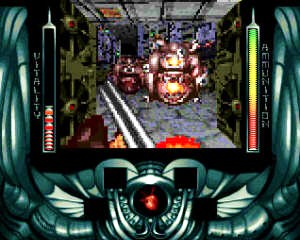 |
All Terrain Racing (ATR)
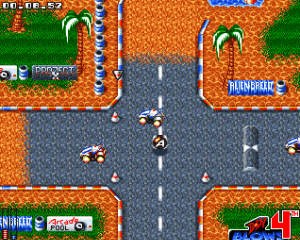 |
Banshee
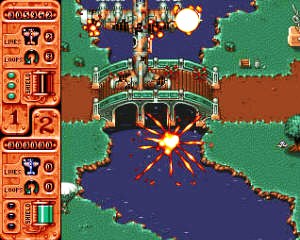 |
Base Jumpers
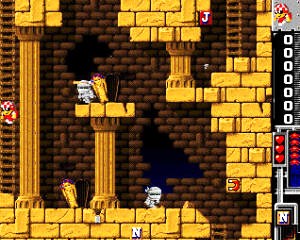 |
Benefactor
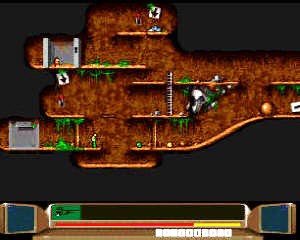 |
Brutal Football
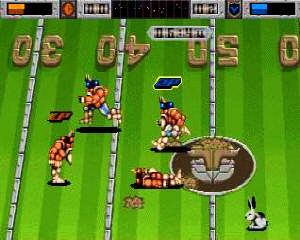 |
Cannon Fodder
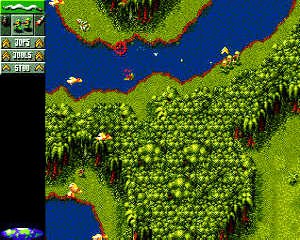 |
Cedric and the Lost Scepter
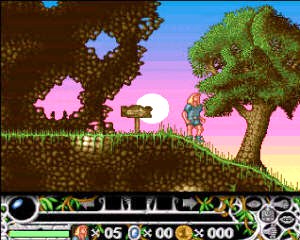 |
Chambers of Shaolin
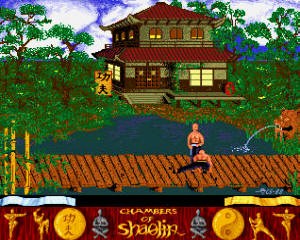 |
Dark Seed
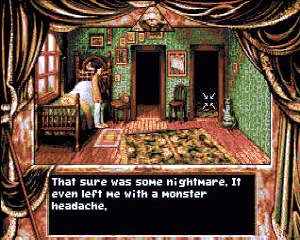 |
Defender of the Crown II
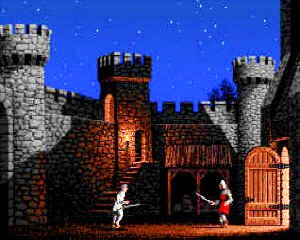 |
Diggers
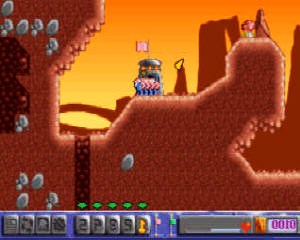 |
Disposable Hero
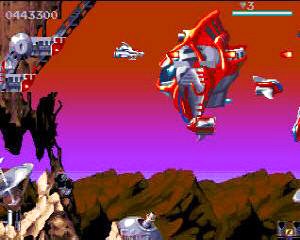 |
Exile
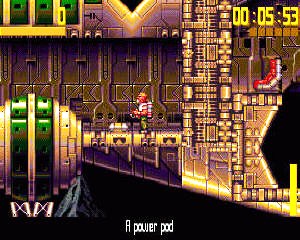 |
Fears
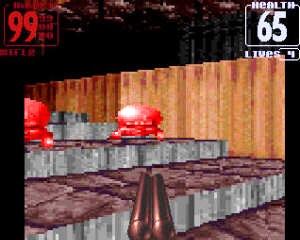 |
Fighting Spirit
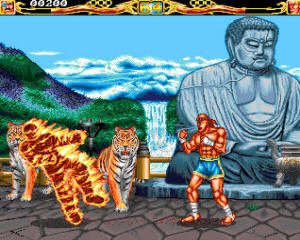 |
Fly Harder
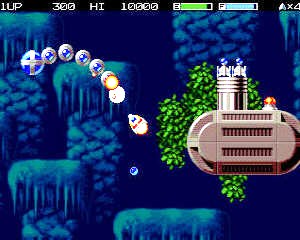 |
Guardian
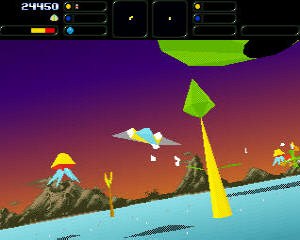 |
Gunship 2000
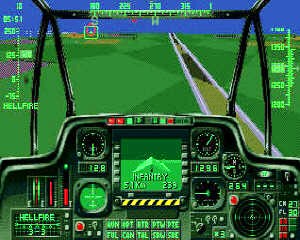 |
Humans 3
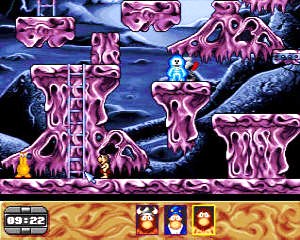 |
Jetstrike
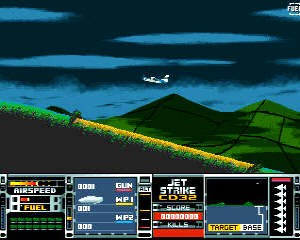 |
Kingpin: Arcade Sports Series Bowling
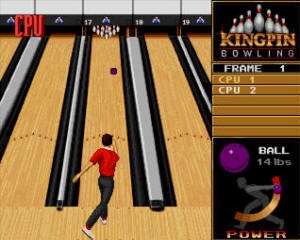 |
Lamborghini American Challenge
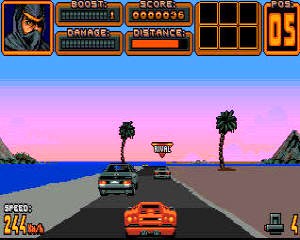 |
Last Ninja
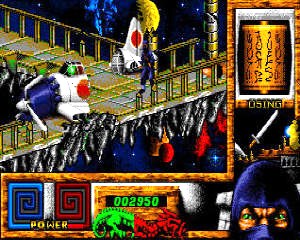 |
Lost Vikings
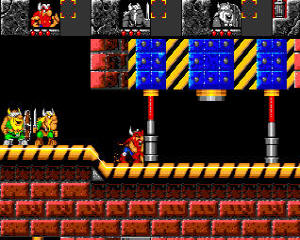 |
Marvin's Marvelous Adventure
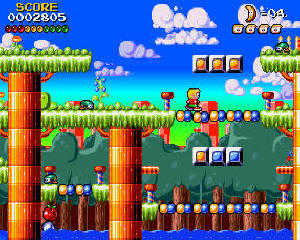 |
Misadventures of Flink!
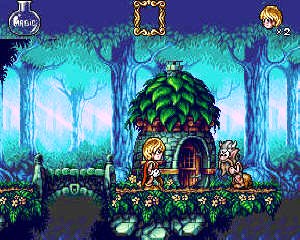 |
Mitre Soccer Superstars
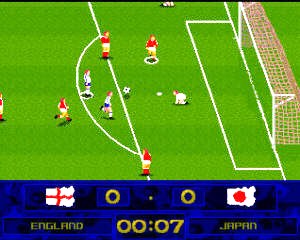 |
MYTH: History in the Making
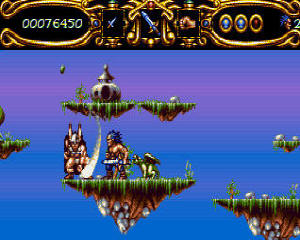 |
Nick Faldo's Championship Golf
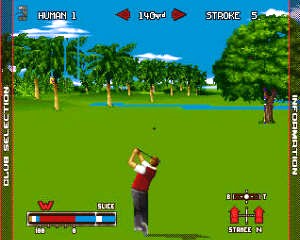 |
Nigel Mansell's World Championship
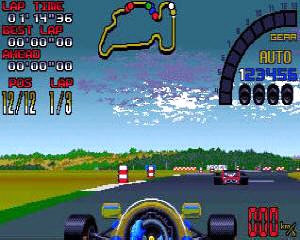 |
Pinball Fantasies
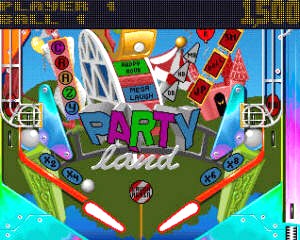 |
Skeleton Krew
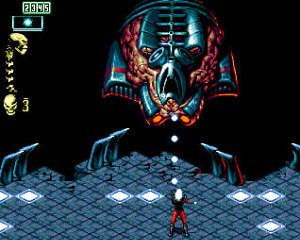 |
Star Crusader
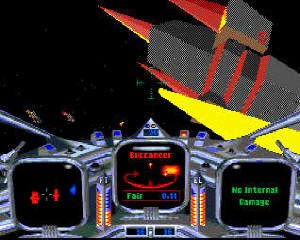 |
Super Skidmarks
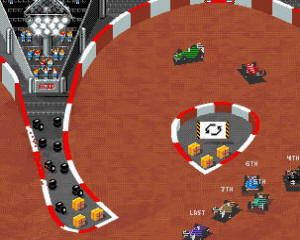 |
Surf Ninjas
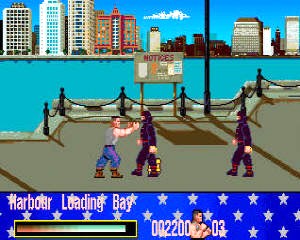 |
Trolls
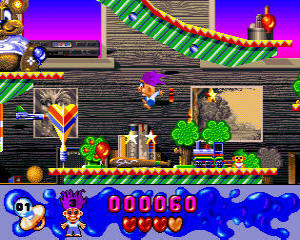 |
Ultimate Body Blows
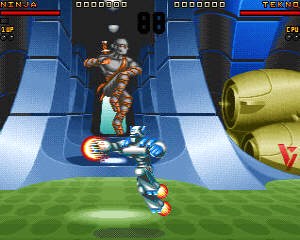 |
Zool 2
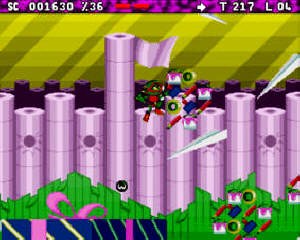
|
|
|
 EMULATION EMULATION
First and third party system emulators |
WinUAE
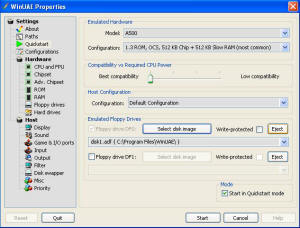 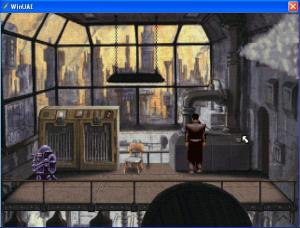
Great Windows based emulator capable of running CD32 and other Amiga computer games
|
 SPECS & MANUALS SPECS & MANUALS
For the hardware enthusiasts out there - all the detail you\we love. |
| Processor Type |
Processor
Speed |
Other
Processor Information |
RAM \ Video RAM |
| Motorola 68EC020 (32-bit) |
14.32 MHz (NTSC)
14.18 MHz (PAL) |
See Other Details for specifics |
2 MB |
|
Screen Resolution
|
Color Palette
|
Polygons \ Sprites
|
Audio |
320 x 200 to 1280 x 400 NTSC
320 x 256 to 1280 x 512 PAL |
16.8 million colors |
Unknown |
Stereo 8 bit, 4 channel, 28 KHz |
|
Media Format
|
Media Capacity
|
Games Released
|
Other Supported Formats
|
|
CD-ROM (2x) |
640 MB |
170+ |
Audio CD, CD+G,
Karaoke CD (CD-i, Photo and
VCD w\FMV module) |
|
Internal Storage
|
External \ Removable Storage
|
Game Controllers
|
Other Game \ Peripheral Devices
|
|
1 KB Flash (game saves) |
None |
Gamepad with D-Pad, 4
Action buttons, two Shoulder Triggers plus Start\Pause |
FMV module, various Amiga 1200 expansion devices (all optional) |
| Controller Ports |
Network Ports |
Other Ports
|
Audio \ Video
|
|
Two (2) |
None |
Mouse (DE9), Keyboard port (6
pin mini DIN), headphone jack(3.55 mm), RS-232 serial port |
RF,
Composite, S-Video |
|
Power Supply - External
|
Other Outputs
|
Other Details \ Notes
|
Input: 110V (NTSC), 220/230V (PAL)
Output: +5VDC, +12VDC, Grnd, ? |
182 Pin expansion slot |
8374 Alice (memory controller), 4203 Lisa (video control chip),
8364 Paula (sound & I/O), 391563-01 Akiko (I/O controller). AmigaOS 3.1 |
| Manuals |
|
Amiga CD32 Owner\Service Manual
(PDF) - 4.11 MB |
|
 OTHER
MEDIA OTHER
MEDIA
Peripherals, Promotions, Commercials, Brochures, Etc. |
|
Amiga CD32 Startup & Television Commercials |
|
|
|
|
|
|
Amiga CD32 Promotion |
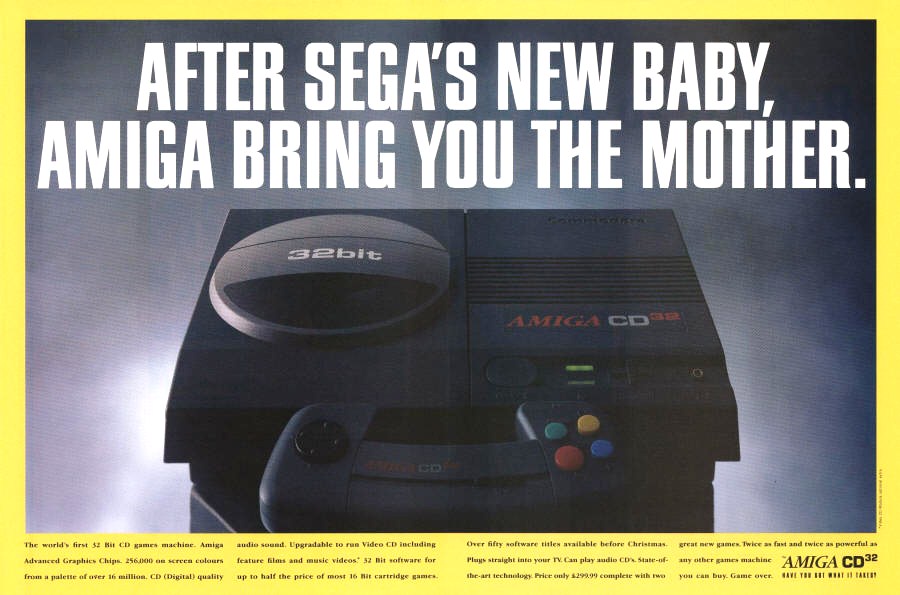
|
|










 2010s - NOTES
2010s - NOTES


 MODELS
MODELS











 CLONES
CLONES


 CONSOLE RATINGS
CONSOLE RATINGS
 FORMAT, PACKAGING & GENERAL INFO
FORMAT, PACKAGING & GENERAL INFO





























 SCREENSHOTS
SCREENSHOTS






































 EMULATION
EMULATION

 SPECS & MANUALS
SPECS & MANUALS OTHER
MEDIA
OTHER
MEDIA
 WEB RESOURCES
WEB RESOURCES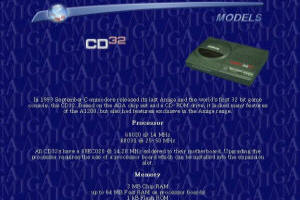
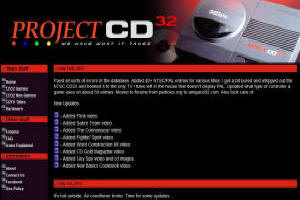
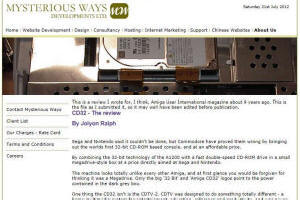
 DISCUSS
DISCUSS